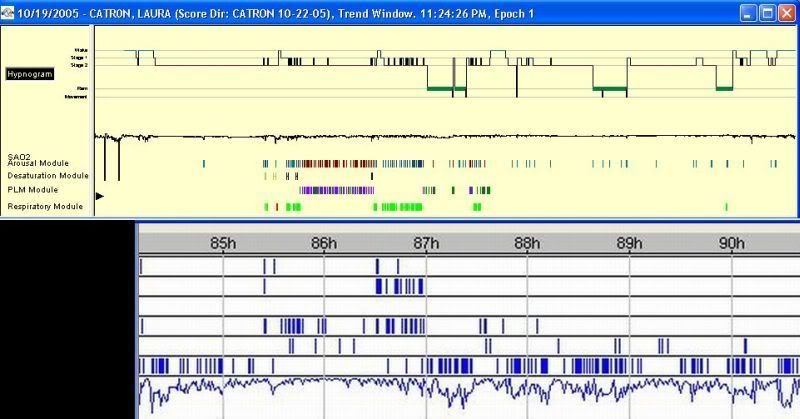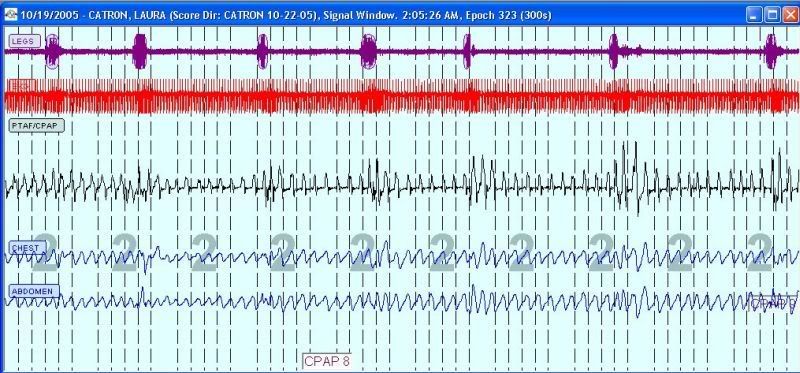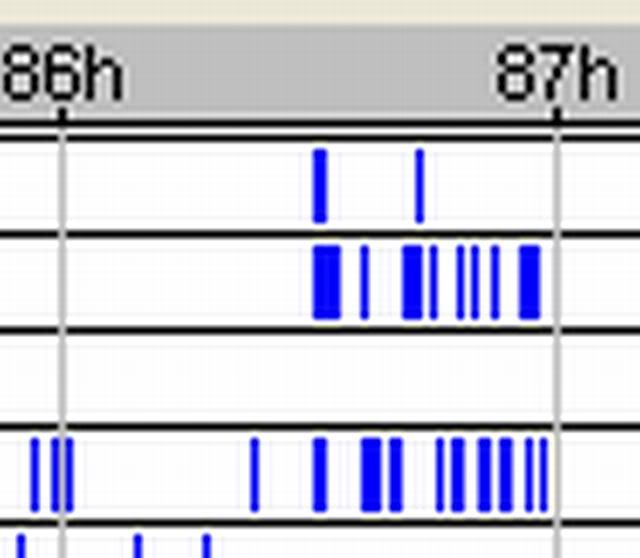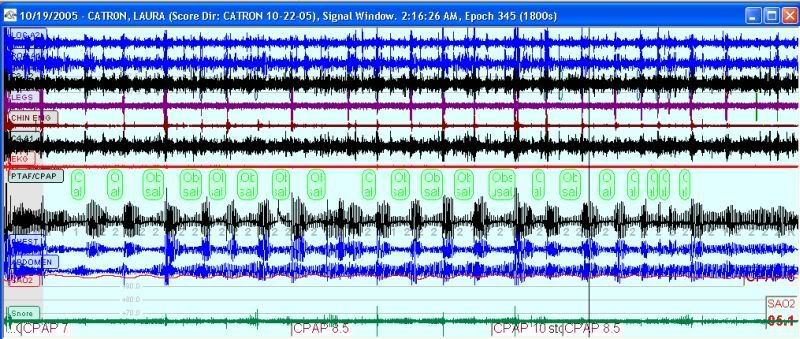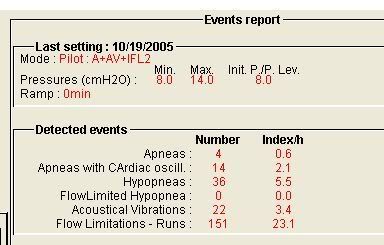Is O'Nare an Irish respiratory event index?
Speaking of Rappaport (the reference that was originally used to establish the sensitivity)(BTW, I'm Not Rappaport)(I wonder if you're not from NYC, you would understand that)(did I tell you I have a little ADHD? I'll be going on Oh look there's a butterfly Here Butterfly Can you come play....)
...anyway...
We find that:

A better question might be, will you end up in a group that 420E is identifying all of the events correctly, only some of them, or maybe even none of them?
Looking at the total number of patients in that study:
10.9% of the time, no cardiac oscillations were seen in any of the central apneas (missing the boat entirely)
52.2% of the time, identification was mixed (somewhat helpful)
37.0% of the time, cardiac oscillations were seen in all of the central apneas (completely accurate)
But some of the patients had statistically insignificant numbers of central apneas. I mean, if you only had one or two centrals, and 420E picked them up, I don't think that you can go ahead and say, "Well, 420E has 100% specificity for me."
If you only include those patients who had >5 central apneas (which still ain't a lot), then:
7.4%% of the time, no cardiac oscillations were seen in any of the central apneas
70.4% of the time, identification was mixed
22.2% of the time, cardiac oscillations were seen in all of the central apneas
Taking a simple average of the % of identification in the mixed group of the all-patients total showed a 49.4% ability to correctly identify centrals.
So I think what you have to get from all this is that most of the time, central apnea event identification will be mixed, and in that case, 420E will only pick up about half of the central apneas that are actually occuring. So great, it doesn't respond when it sees a cardiac oscillation-oriented central, but if you're in a less than completely accurate group, then it's reacting to centrals about 50% of the time. And if it's reacting, and you're in a group with a residual central apnea index of >5 (which would probably put you in a CA problem group, like CompSAS), then there's a good chance that that pressure increase will in turn create more centrals.
Course, as -SWS once suggested, you could always run "Command on Apnea", say at 10 cmH2O.
Or just buy a ResMed machine.
SAG











